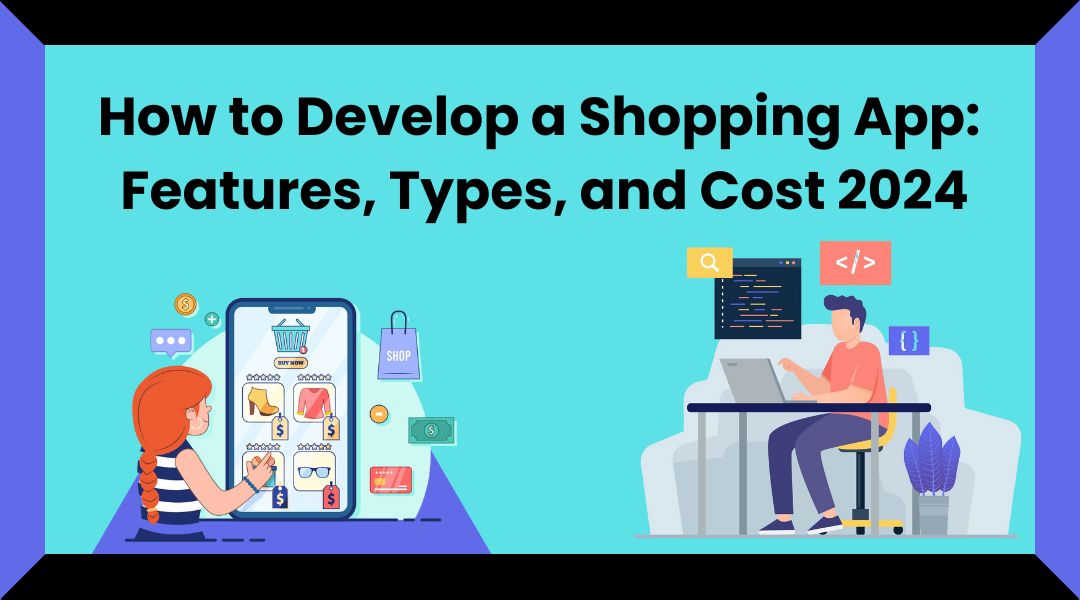As technology evolves at an unprecedented pace, so does the development landscape, particularly for front-end frameworks. Angular, one of the most popular open-source web application frameworks, has consistently been at the forefront of shaping web development. With its robust features, flexibility, and strong community support, Angular continues to be a top choice for developers building dynamic, high-performance web applications. As we move into 2025, several trends are emerging in the Angular ecosystem that businesses, developers, and even outsourcing agencies must watch closely.
In this blog, we explore the top 10 Angular development trends to keep an eye on in 2025. These trends will influence everything from UI/UX design expertise to outsourcing development services, ensuring that developers continue to create more efficient, user-friendly, and scalable applications.
1. Enhanced UI/UX Design Expertise
UI/UX design remains a critical aspect of Angular development in 2025. With more businesses prioritizing user satisfaction, ensuring that applications are visually appealing and easy to use is a must. Angular, being a highly flexible and scalable framework, allows developers to create visually stunning applications that are also highly responsive across various devices.
As user expectations become more sophisticated, Angular developers will need to partner with experts who specialize in UI/UX design expertise to create intuitive and aesthetically pleasing interfaces. This is especially important as Angular applications often cater to complex user interactions, such as dashboards, e-commerce sites, and real-time data visualizations. Combining Angular’s power with top-notch design principles will lead to more engaging and accessible applications.
2. Outsourcing Development Services for Angular Projects
As the demand for Angular developers grows, more businesses are looking at outsourcing development services to accelerate their projects. Outsourcing allows companies to tap into a global talent pool, saving both time and resources. Hiring developers or entire development teams from regions with lower costs can also lead to more cost-effective solutions.
Outsourcing Angular development can benefit companies by providing them with specialized expertise without the need for large in-house teams. As businesses aim to reduce overheads, outsourcing agencies that specialize in Angular will become a more popular choice. These agencies provide services ranging from custom Angular development, migration from other frameworks to Angular, to application optimization, ensuring that companies can meet their business goals efficiently.
3. SEO for Single Page Applications (SPAs)
In recent years, SEO has been a growing challenge for Single Page Applications (SPAs). Since SPAs load dynamically, they often face issues with search engine crawlers not being able to index content properly, which negatively impacts SEO rankings. However, with Angular’s latest advancements in Server-Side Rendering (SSR) through Angular Universal, developers can now improve the SEO performance of SPAs.
In 2025, SEO for SPAs will be more critical than ever, and developers will need to focus on ensuring that their Angular applications are SEO-friendly. By leveraging tools like Angular Universal, developers can pre-render pages on the server, enabling search engines to crawl and index them effectively. This will improve the visibility of Angular applications, ultimately driving more organic traffic and improving the user experience.
4. Integration with Micro-Frontends
In 2025, the micro-frontend architecture is expected to gain significant traction in Angular development. Micro-frontends allow developers to break down a complex web application into smaller, independent parts that can be developed, deployed, and scaled separately. This approach makes it easier to work on different modules concurrently, allowing for faster development cycles.
Angular’s modularity and component-based architecture make it a perfect fit for micro-frontends. By integrating micro-frontends, developers can create highly scalable, maintainable applications where teams can work on individual parts of an application without stepping on each other’s toes. This approach will become even more relevant as applications grow in complexity and require more flexible development solutions.
5. The Growth of Angular in Top Frontend Frameworks
In 2025, Angular will continue to solidify its position as one of the top frontend frameworks 2025. While frameworks like React and Vue.js have gained popularity, Angular’s all-in-one solution for building scalable, enterprise-level applications ensures its place as a top contender. The framework’s robust tooling, modularity, and TypeScript integration make it an ideal choice for developing complex applications.
Angular’s deep integration with RxJS, Angular CLI, and other advanced features means that it is consistently updated with cutting-edge capabilities. With every new release, Angular continues to improve in areas like performance optimization, testing tools, and new features that cater to modern development practices. In 2025, Angular’s continued growth and its ability to handle large-scale applications will keep it firmly at the top of the frontend framework race.
6. Increased Focus on Performance Optimization
As web applications become more feature-rich, ensuring that they are performant becomes even more critical. Angular has always been known for its performance, but with the growing complexity of modern applications, performance optimization will continue to be a key focus in 2025. Developers will need to embrace techniques like lazy loading, AOT (Ahead-of-Time) compilation, and change detection strategies to improve load times and overall app responsiveness.
The need for performance optimization is particularly crucial in mobile-first development, where users expect fast, seamless experiences. Angular’s built-in performance features, such as its powerful dependency injection system and optimized bundling, will continue to play a vital role in improving application speed and reducing latency.
7. Serverless Architectures
In 2025, serverless architectures will gain more popularity in the Angular development community. Serverless computing, where developers can build and run applications without managing servers, allows companies to focus more on business logic rather than infrastructure. By integrating Angular with serverless platforms like AWS Lambda or Azure Functions, developers can create highly scalable applications without worrying about the backend.
Angular’s support for serverless architectures will provide developers with the flexibility to build applications that can scale up or down depending on demand. This trend will likely reduce development time and cost, enabling businesses to deploy Angular applications faster and more efficiently.
8. Adoption of Progressive Web Apps (PWAs)
Progressive Web Apps (PWAs) combine the best features of both web and mobile apps, offering users a fast, reliable, and engaging experience. In 2025, the adoption of PWAs will continue to grow, and Angular will be at the forefront of this trend. Angular provides a solid foundation for building PWAs, with built-in tools to manage offline support, push notifications, and improved performance.
By creating PWAs with Angular, businesses can reach a broader audience, improve their app’s performance, and deliver a better user experience. With the growing trend of mobile-first browsing, PWAs are becoming a must-have for businesses looking to stay competitive in the ever-evolving digital space.
9. Cross-Platform Development with Angular
In 2025, cross-platform development will continue to be a dominant trend in the Angular ecosystem. With Angular’s increasing support for mobile app development through tools like Ionic, NativeScript, and Angular’s support for hybrid apps, developers can build applications that run seamlessly across multiple platforms – web, mobile, and desktop.
By leveraging Angular’s cross-platform capabilities, businesses can save both time and resources by maintaining a single codebase across multiple platforms. This trend will allow businesses to create more consistent and cohesive user experiences while reducing development overhead.
10. AI and Machine Learning Integration
Artificial Intelligence (AI) and Machine Learning (ML) are making their way into web development, and Angular is no exception. In 2025, we will see increased integration of AI and ML technologies in Angular applications, allowing developers to build smarter, more personalized applications.
Angular’s extensibility allows developers to integrate third-party AI and ML libraries, enabling them to add features such as chatbots, recommendation engines, or predictive analytics to their applications. These technologies will enhance the user experience and allow businesses to leverage data-driven insights to make more informed decisions.
Conclusion
As Angular development continues to evolve, 2025 will be an exciting year full of new opportunities and challenges. From enhanced UI/UX design expertise to the growing importance of SEO for Single Page Applications, Angular developers will need to stay agile and embrace these emerging trends to remain competitive. Additionally, the rise of outsourcing development services and the integration of new technologies such as AI, machine learning, and serverless architectures will shape the future of Angular development.
By staying up-to-date with these trends and focusing on performance optimization, cross-platform development, and SEO strategies, businesses and developers can harness the full potential of Angular to create high-quality, scalable, and efficient applications.






Leave a Reply
You must be logged in to post a comment.